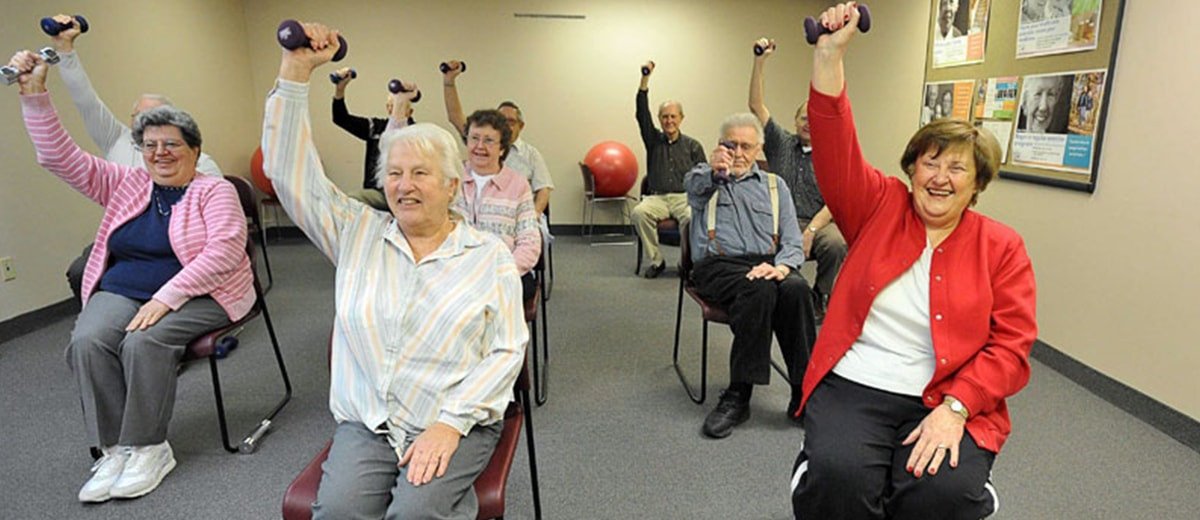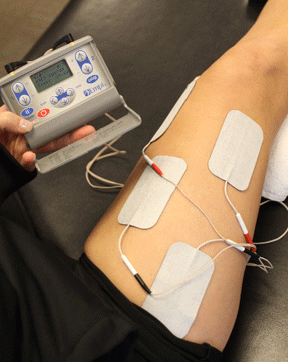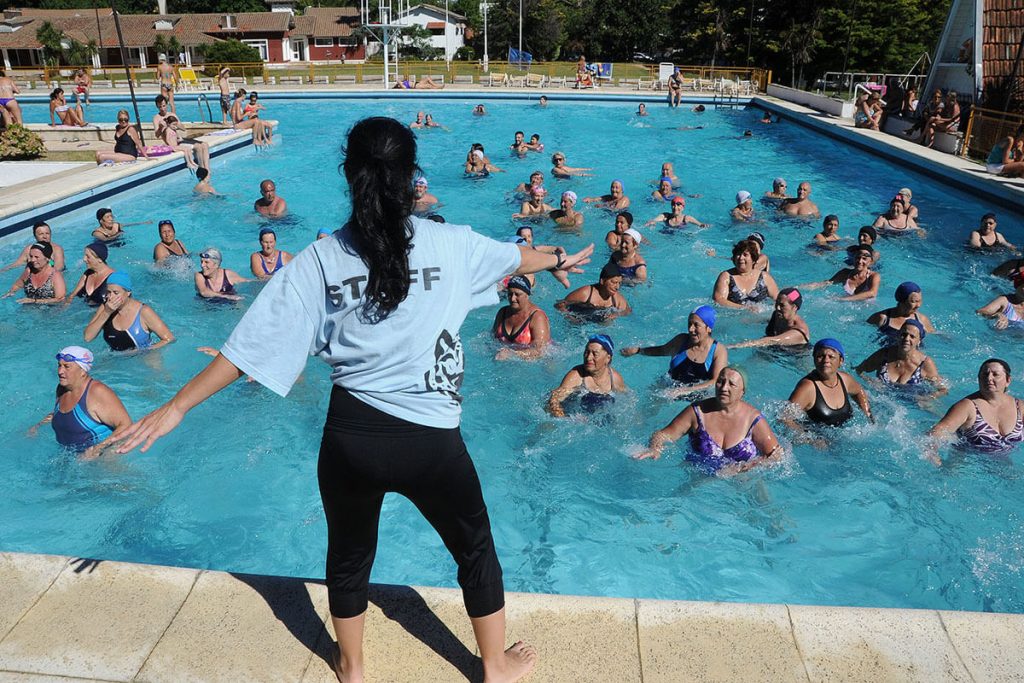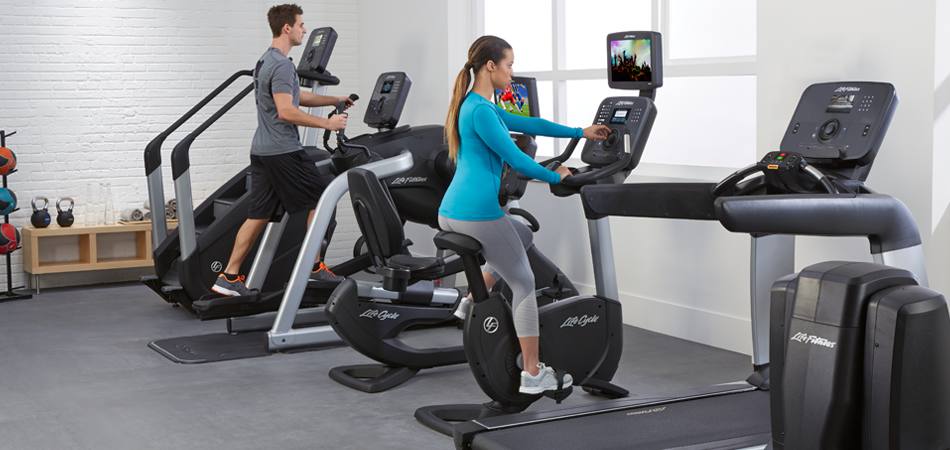Exercise for Osteoarthritis- Where do I start?!
Are you keen on increasing your activity levels but you are in pain?
Are you interested in starting a new exercise routine but unsure as to where to begin?
Have you started a program but have had to stop due to discomfort?
If you answered yes to any of these questions or are interested in hearing options for starting a new exercise program then read on!
If you’ve been following the previous blogs you’ll know that exercise therapy and weight loss are two of the best interventions for Osteoarthritis. Check out the checklist if you would like more information on the top treatments for Osteoarthritis.
However we understand that it can be very daunting to think about starting a new exercise habit.
To help make this easier we'll be covering some ideas on where to start with exercise if you have knee or hip osteoarthritis. Of course if you are keen to get into exercise and have a medical condition you should check with your doctor and health professional team to see if any of these options might be right for you!
Non-Weight bearing exercises
Non-weight bearing exercises involve taking away much of the effects of gravity on the knees and hips. This significantly reduces the weight on the joints and helps protect them whilst still working on other areas. This could include exercises done in a sitting position- such a seated weights or boxing. This can be made even more challenging by sitting on an exercise/ pilates ball. You can still work up a great sweat whilst sitting down and moving the rest of the body! See below for some examples of what we might use with our clients.

Muscle Engagement Exercises
Another form of non-weight bearing exercises are those which involve activating muscles often on a bed or mat. A physiotherapist can help you learn to engage and effectively use the muscles needed to support your joints. At BJC Health we use a biofeedback machine to help us see the activation and to help patients understand the which muscles are activating!

These exercises will start to build some strength in the muscles that support your joints. For both hip and knee osteoarthritis we will usually start with making sure you can effectively and strongly turn on the muscles of the hips (including the gluteal and hip flexor muscles) and thighs (including the quadriceps and hamstrings). Often just starting to be aware of these muscles is a great first step and enough to start noticing some improvements with pain and function of the joints!
Pool based exercise
Exercising in the water can be an another great way to people to start moving and exercising with reduced load through the hips and knees. A lot of my clients really enjoy and benefit from pool based exercises which could include aquarobics type classes or physiotherapy led sessions with specific strengthening and stretching exercises.
If you’re based in Sydney click here for a nice list of some of the warm-water exercise spread around Sydney.

Low impact cardiovascular exercise
There are a variety of machines that can be useful in the early stages for those with osteoarthritis. These include the exercise bike or cross trainer which take some of the weight off your joints. Some may even be able to use the rowing machine or start with walking outside or on a treadmill. This and any form of activity will also help with weight management, especially when combined with diet changes.
Not only will these exercises start to engage and strengthen some of the muscles required for supporting your joints- it’s also likely to help you feel good and improve your function with day to day activities!

So if you’re wanting to increase your exercise levels hopefully this has given you a good idea of where to start. A good exercise physiologist or physiotherapist can help you assess your current level and prescribe an appropriate program. If you want to make a full recovery however you will need to progress past these exercises with guidance from a trained professional. Please be in contact if you need any help in doing so!
Check out some of the previous blogs to learn about knee arthroscopy, topical creams or taping and their use in Osteoarthritis.



